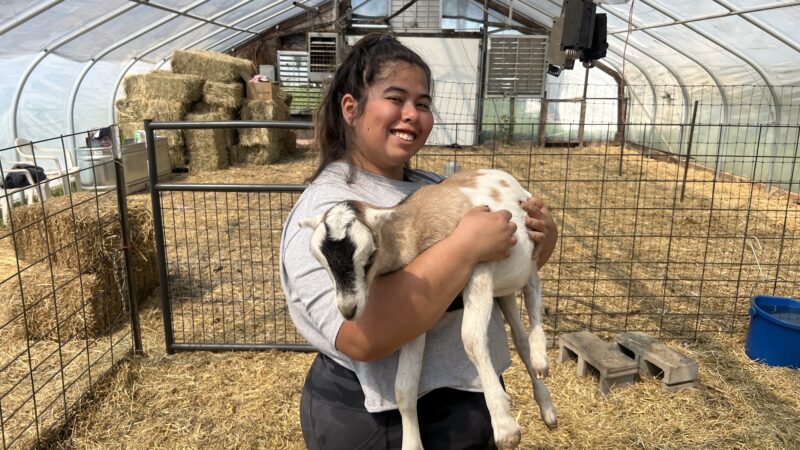
As a part of our transition to enhance student’s hands-on learning opportunities, we created a home for a broader variety of livestock on the farm this season.
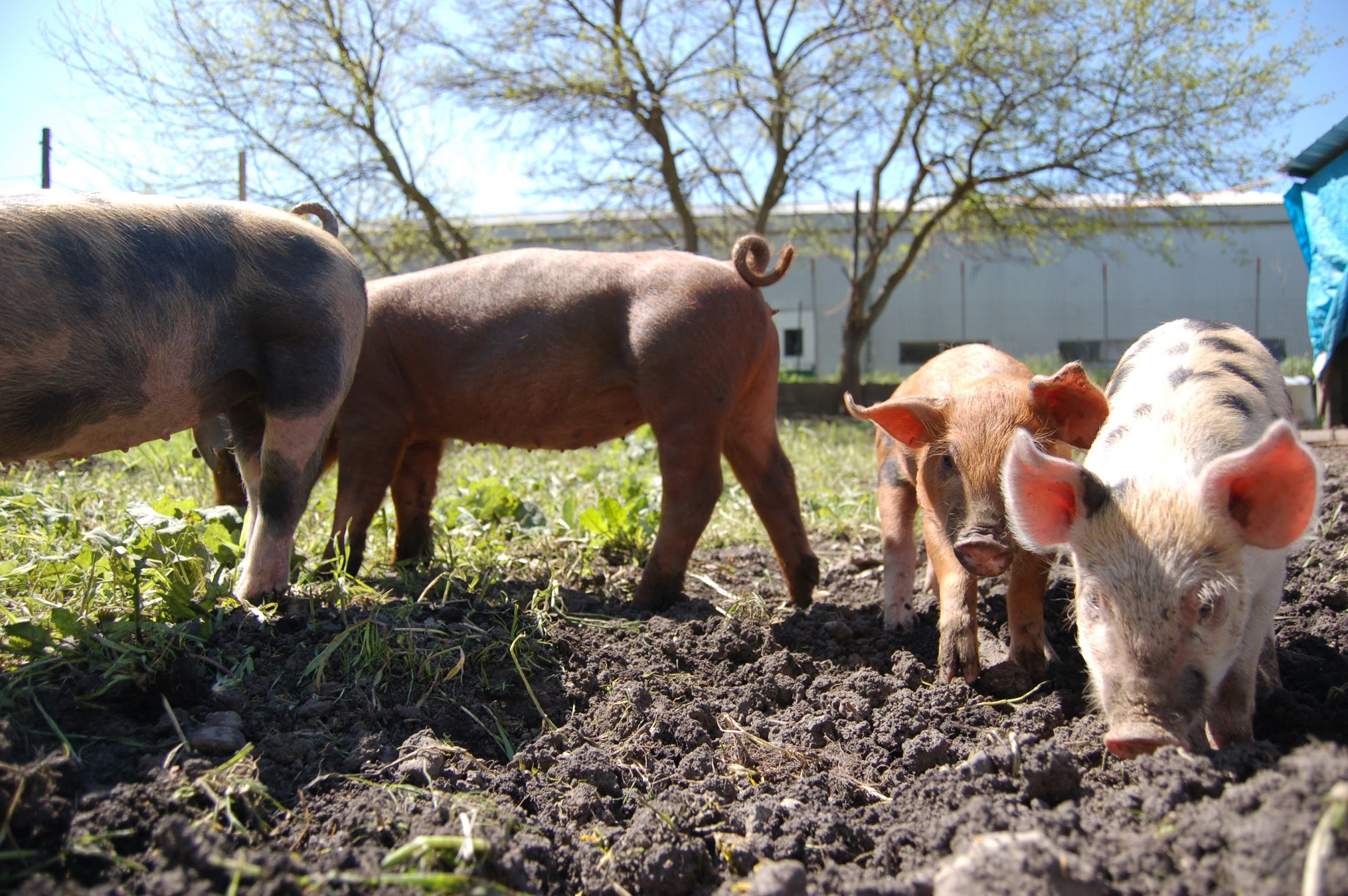
For many years, we’ve raised animals alongside our organic vegetables. We started with learning the art and science of raising hogs and chickens for our Pork and Egg CSA programs. In 2012, we transitioned to raising layer chickens in scale for our Egg CSA, raising between 250-500 laying hens at the farm.
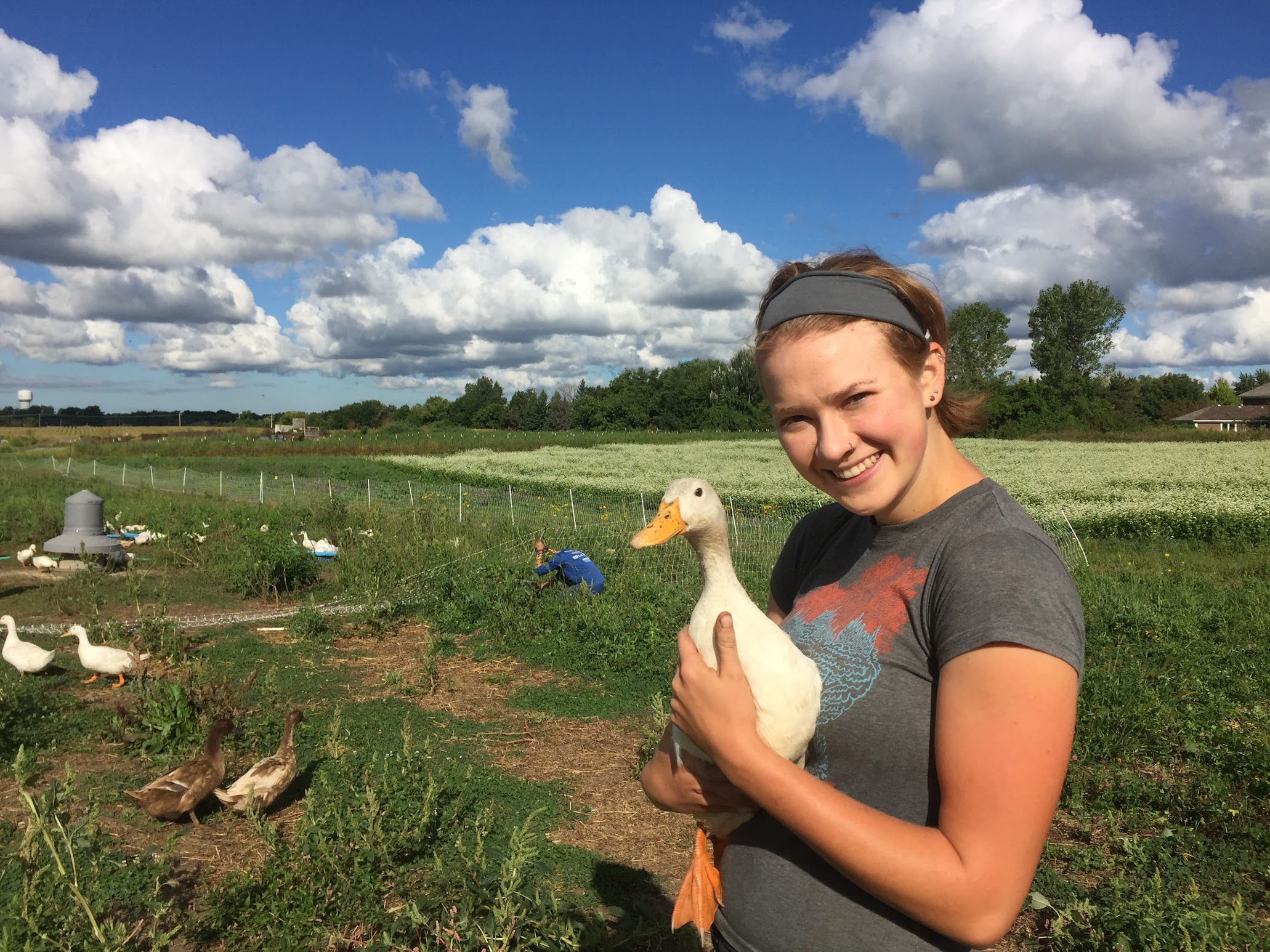
Beginning farmers at the farm have raised everything from lambs (for meat), goats (for milk), turkeys (for meat), ducks (for eggs) and of course, chickens (raised both for meat and for laying eggs).
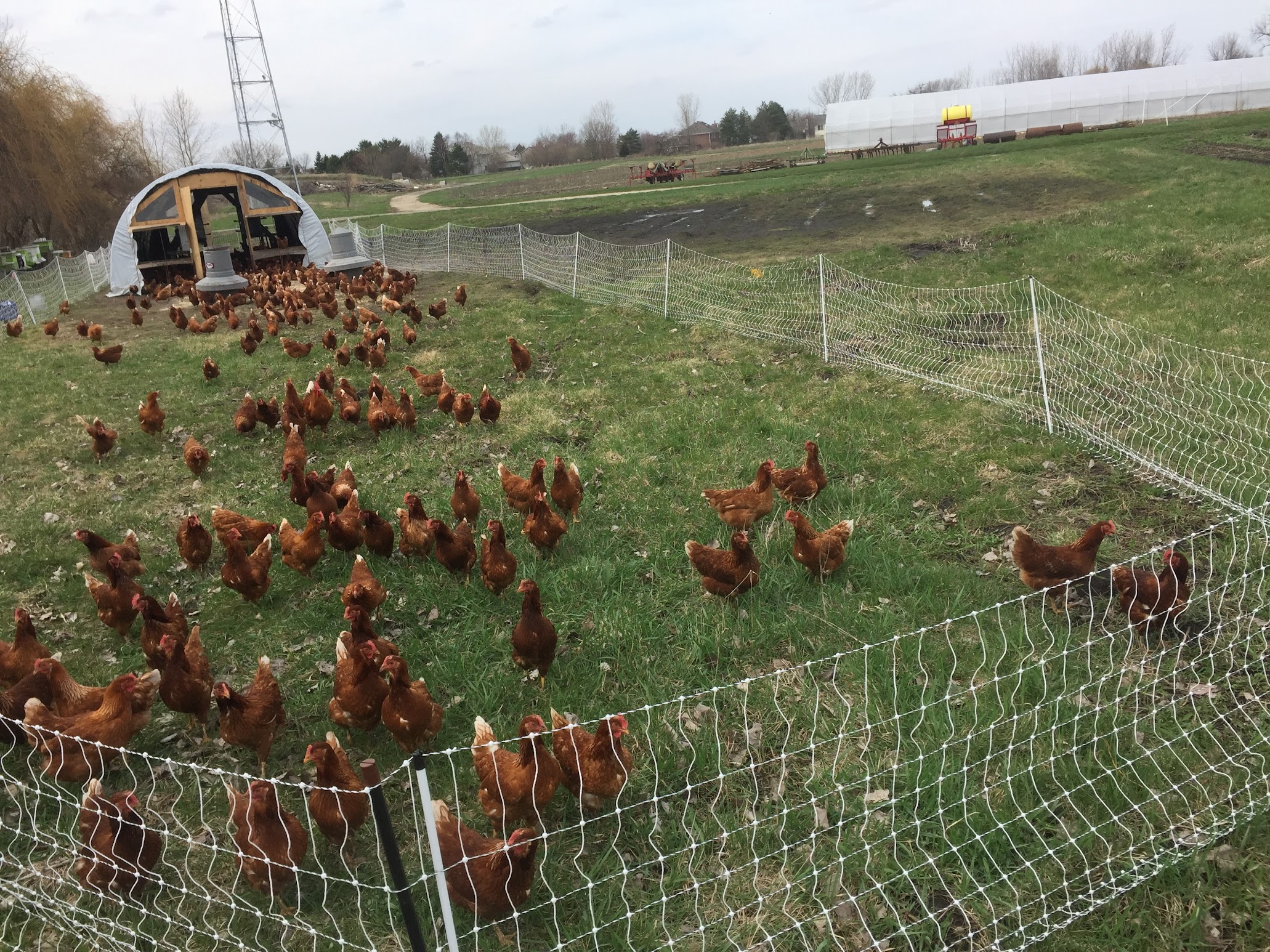
One thing we learned throughout all of these iterations, as well as learning from our farming friends’ experiences, is that we care deeply about animal husbandry and the positive impact animals can have in a regenerative farming system.
We dedicated ourselves to raising animals in a way that makes the most respects the animals natural instincts, the quality of the food, positively impacts soil, and cares for our farming team in the process.
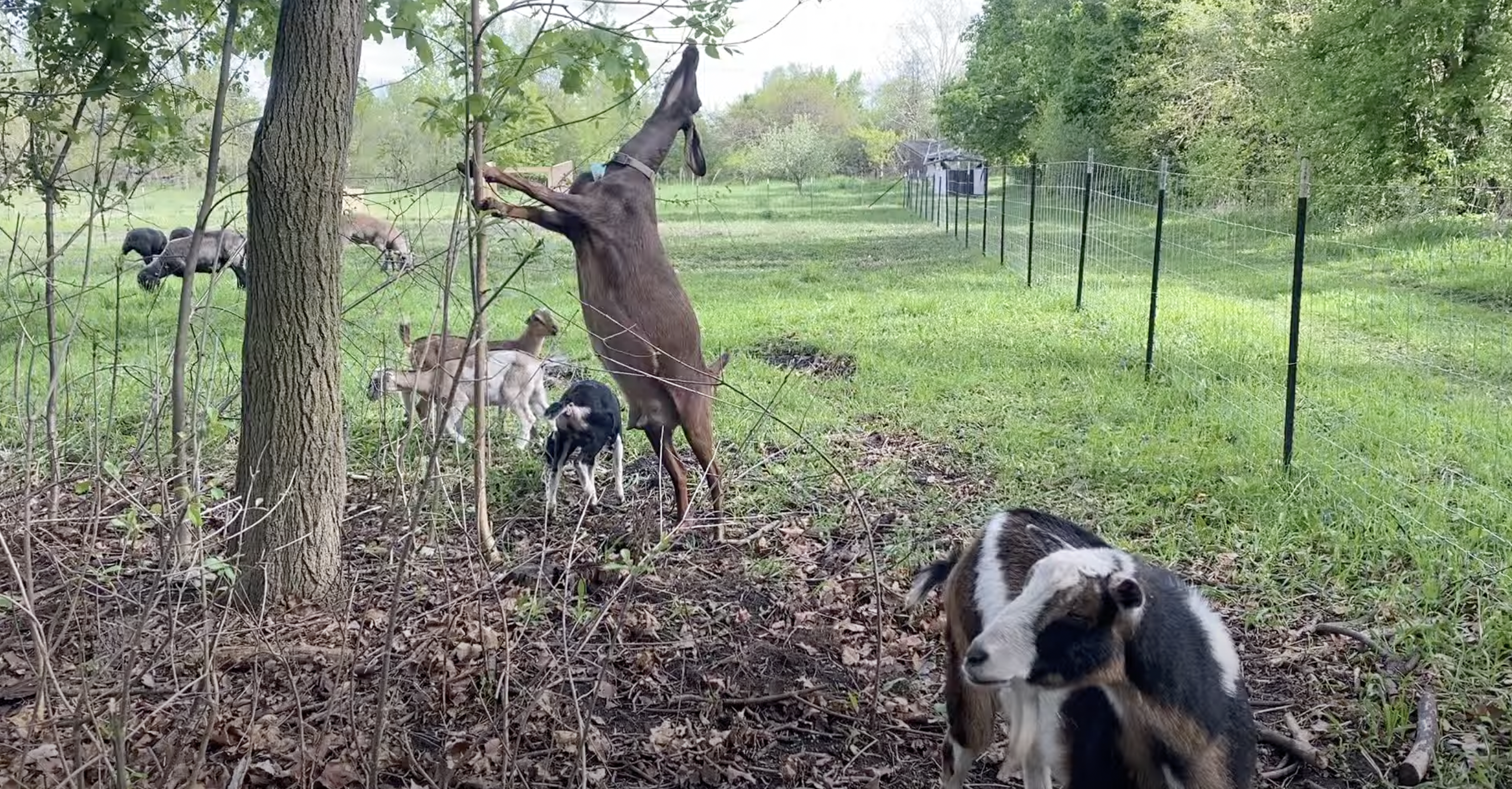
Fast forward to 2024, and this time we’ve brought livestock on the farm for a new function: education and developing our regenerative growing program. This spring, we invited five fiber sheep, four goats and 14 chickens of mixed breeds to join Twix, our pet goat (age 12) at the farm. The animals are rotationally grazed within a silvopasture (pasture with trees) which allows the animals to benefit from the shade of the trees, and the trees to benefit from the animals’ grazing.
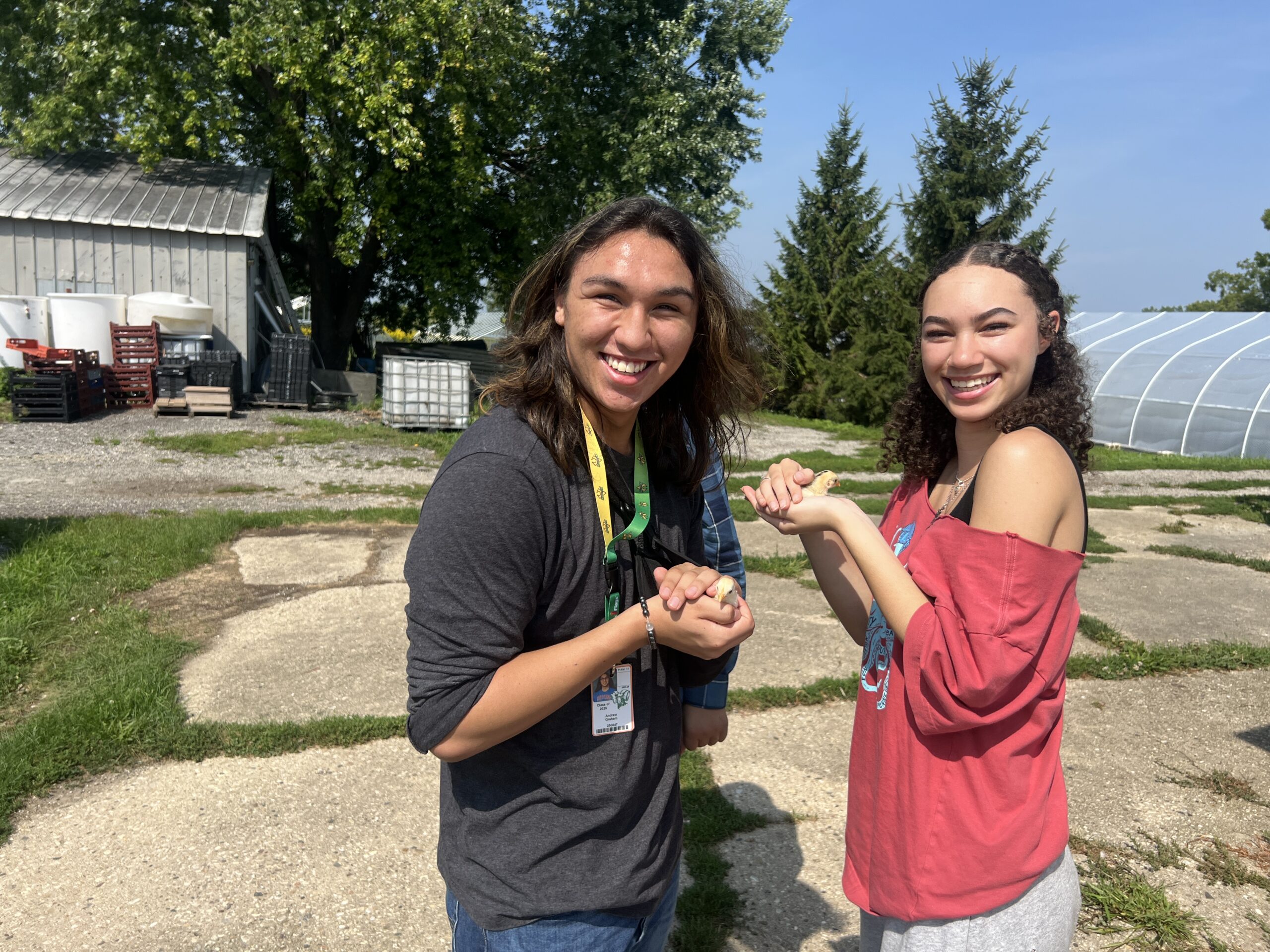
We have another small, “free range” flock of chickens that includes a rooster, four hens and countless chicks, to our surprise this spring. The rooster keeps a very keen watch on his flock wherever they travel. These birds most closely exhibit the habits of their “jungle fowl” relatives stationing themselves in trees and picnic tables near their farm yard.
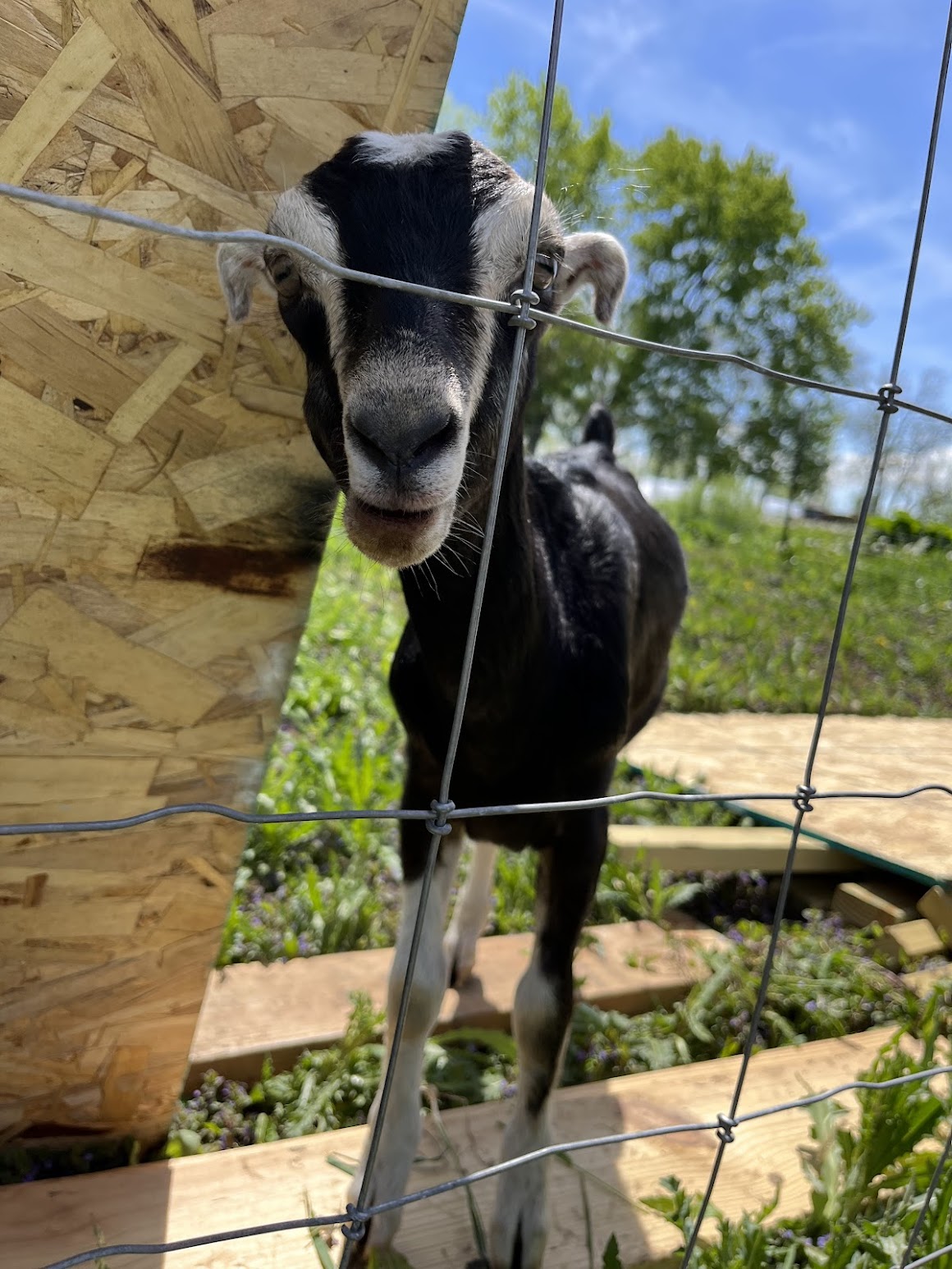
Our farm team is bringing their skills and practices used on their farms in Mexico to help us care for the animals. We appreciate that the animals can support so much life in our plants and the curiosity and learning of students. We look forward to introducing our CSA members to the animals at our annual CSA member event later this summer!
~Your farmers and the Liberty Prairie Team
